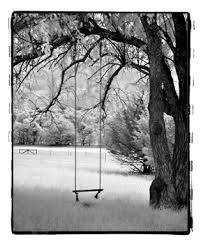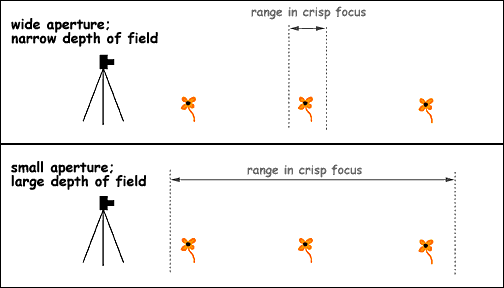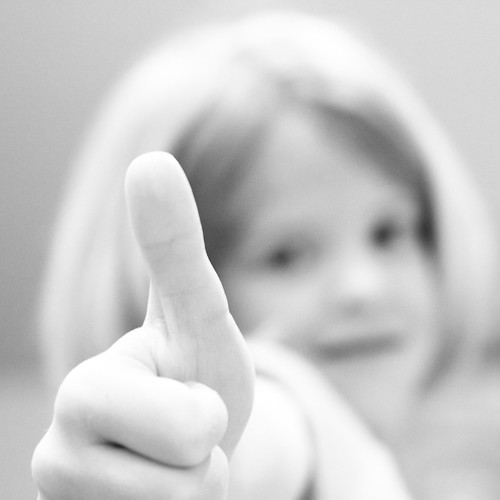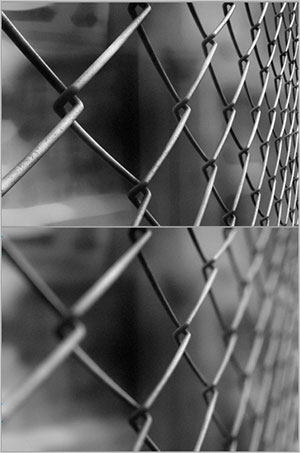



















please visit this link and enter 3 words, themes, thoughts that pop into your head when you think of America...




















Depth of field is the range of distance within the subject that is acceptably sharp. The depth of field varies depending on camera type, aperture and focusing distance, although print size and viewing distance can influence our perception of it.
 |

The depth of field does not abruptly change from sharp to unsharp, but instead occurs as a gradual transition. In fact, everything immediately in front of or in back of the focusing distance begins to lose sharpness-- even if this is not perceived by our eyes or by the resolution of the camera.
Aperture and focal distance are the two main factors that determine how big the circle of confusion will be on your camera's sensor. Larger apertures (smaller F-stop number) and closer focal distances produce a shallower depth of field. The following depth of field test was taken with the same focus distance and a 200 mm lens (320 mm field of view on a 35 mm camera), but with various apertures:
 |  | |
| f/8.0 | f/5.6 |


get it? got it? good...





